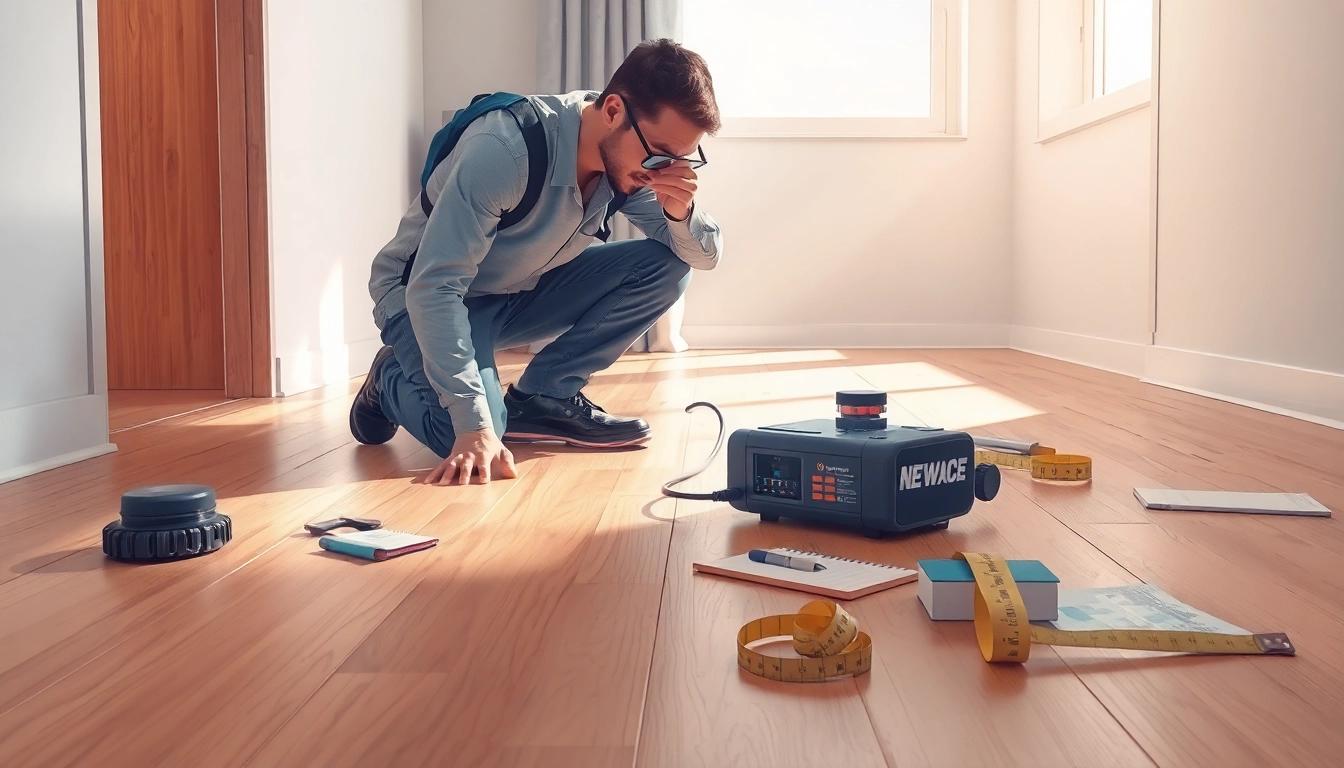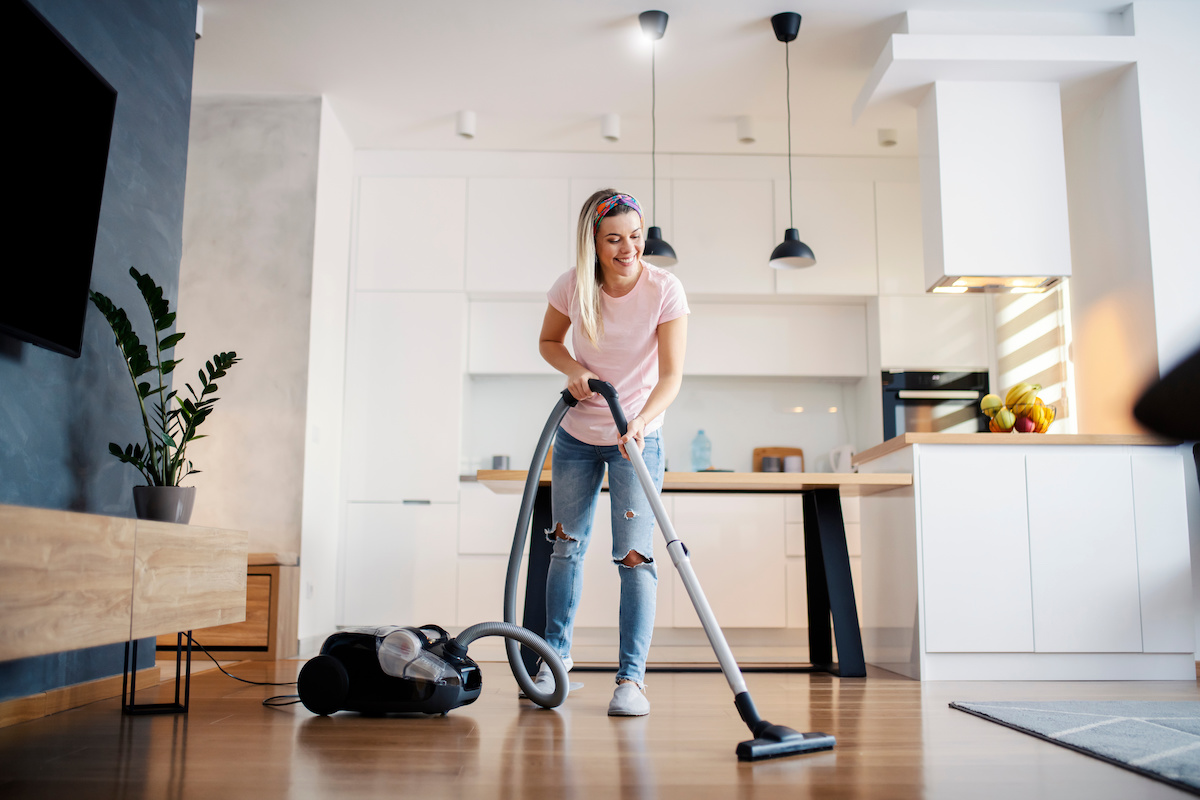Understanding Underfloor Leak Detection Basics
What is Underfloor Leak Detection?
Underfloor leak detection refers to the methods and technologies used to identify water leaks that occur beneath flooring materials. This process is critical for homeowners, businesses, and maintenance professionals as it helps prevent potential damage caused by unnoticed leaks, such as structural damage, mold growth, or increased water bills. Effective Underfloor Leak Detection employs advanced techniques, including acoustic sensors, thermal imaging, and moisture meters, to pinpoint leaks without the need for invasive measures.
Common Causes of Leaks Under Floors
Understanding the common causes of underfloor leaks can help property owners take preventative measures. Some prevalent sources include:
- Worn-out pipes: Over time, pipes corrode or weaken due to age or chemical reactions, leading to leaks.
- Improper installation: If plumbing systems or heating elements are not installed correctly, they can create weak points vulnerable to leaks.
- Environmental factors: Shifts in the foundation or soil, as well as extreme temperature fluctuations, can stress pipes and lead to leaks.
- High water pressure: Excessively high water pressure can strain pipes, making them susceptible to tears and leaks.
Importance of Timely Leak Detection
Timely detection of leaks is crucial for several reasons:
- Preventing Structural Damage: Unchecked leaks can erode flooring materials and compromise structural integrity.
- Avoiding Health Risks: Standing water can lead to mold and mildew growth, posing health risks to inhabitants.
- Reducing Costs: Early detection can save homeowners from expensive repair costs associated with severe water damage.
- Conserving Water: Identifying leaks promptly helps conserve water, benefiting both the environment and utility bills.
Types of Underfloor Leak Detection Methods
Acoustic Leak Detection Techniques
Acoustic leak detection is a method that uses sound to identify leaks. Specialized microphones or sensors are placed on the floor, which pick up the sound of escaping water. This method is effective for locating leaks in various types of flooring, including concrete and tile. Acoustic detection systems can vary in complexity, from handheld devices to advanced systems that utilize computer algorithms to filter noise and pinpoint leak locations accurately.
Thermal Imaging for Leak Identification
Thermal imaging utilizes infrared cameras to detect temperature differences in the flooring, which can indicate the presence of water leaks. This method is particularly useful for detecting leaks in heating systems or areas where the fluids create different thermal signatures than surrounding materials. Thermal imaging can reveal not only the location of the leak but also the extent of moisture intrusion, providing a more comprehensive view of the situation.
Moisture Detection Tools and Equipment
Moisture meters are crucial tools in underfloor leak detection, as they measure the moisture content in different materials. These instruments can validate suspicions raised by visual indicators, such as staining or warping of flooring. Common types of moisture meters include:
- Pin Meters: These devices use pins to penetrate the material and measure electrical resistance, which correlates to moisture levels.
- Non-invasive Meters: These meters use electromagnetic signals to detect moisture without damaging the surface, making them suitable for finished floors.
Signs You Might Need Underfloor Leak Detection
Visible Water Damage Indicators
Water stains, warping, or buckling of flooring materials are clear signs that can indicate an underlying leak. Other evidence might include damp spots on walls or ceilings directly below the floor. These visible indicators signal the urgent need for professional leak detection services to assess the extent of the damage and implement necessary repairs.
Unexplained Increases in Water Bills
A sudden spike in water bills can be an indication of a hidden leak. If usage levels have not increased correspondingly, it is wise to investigate further. Tracking water consumption over a few months can help identify if there is a consistent abnormality, potentially warranting a thorough examination of plumbing systems and limited access areas.
Changes in Indoor Humidity Levels
An unexplained increase in indoor humidity can point to hidden water issues. High humidity not only affects comfort but can lead to mold proliferation and other health concerns. Monitoring indoor humidity levels can assist homeowners in early detection, prompting timely leak detection efforts before extensive damage occurs.
Best Practices for Underfloor Leak Detection
How to Prepare for a Leak Detection Process
Preparation is key to effective leak detection. Homeowners should ensure the area is accessible and clear of obstacles that may hinder a thorough investigation. This includes moving furniture, securing pets, and ensuring that no belongings are obstructing entry points. Consider documenting signs of leaks for reference during assessments to help technicians identify trends or concerns.
Safety Measures During Detection
Safety is paramount during the leak detection process. Professionals need to follow established safety protocols, such as wearing appropriate personal protective equipment (PPE), ensuring that electrical circuits are deactivated when necessary, and using caution when moving heavy objects. Additionally, if mold is suspected, protective gear should be worn to prevent inhalation of spores during the investigation.
Post-Detection Repair Guidelines
Once a leak has been detected and located, proper repair techniques must be employed. This often involves isolating the leak source, replacing or repairing damaged pipes, and addressing any structural issues that may have arisen. After repairs, it’s essential to monitor the area closely to ensure that the leak does not recur. Professional guidance may be beneficial to guarantee repair adequacy and to optimize preventative measures for the future.
Advanced Techniques in Underfloor Leak Detection
Utilizing Ground Penetrating Radar
Ground Penetrating Radar (GPR) is an advanced technique used in underfloor leak detection. This non-invasive method involves transmitting radar pulses into the ground and analyzing the reflected signals to detect anomalies below the surface. GPR is particularly effective in locating leaks within slab foundations, offering considerable detail about underground plumbing infrastructure without unnecessary disruption to flooring.
High-tech Sensors and Their Use Cases
The evolution of leak detection technology includes high-tech sensors equipped with various functionalities. For example, IoT-enabled sensors can monitor moisture levels continually and notify homeowners of any irregularities through mobile apps. Wireless communication systems enable real-time data transmission regarding potential leak conditions, allowing for quicker responses and preventing significant water damage.
Choosing the Right Professionals for Detection
Selecting experienced leak detection professionals is crucial to achieving an effective outcome. When looking for service providers, check for certifications and experience in underfloor leak detection. Reading online reviews and seeking recommendations can help identify qualified professionals. Furthermore, discussing methods and technologies they employ can offer insight into their capabilities and effectiveness in addressing specific leak detection challenges.



